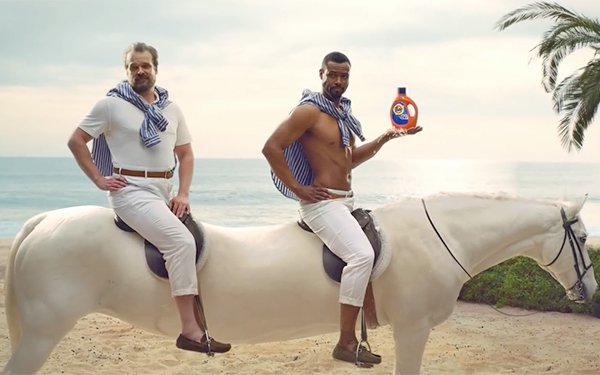
Of course, the Super Bowl and super ads have gone
hand-in-hand for years. Yet it wasn’t that long ago that the entire ad- and game-viewing experience was limited to a few precious hours.
Today, full ads and teasers are
released across social channels days and even weeks before Super Bowl Sunday, while some spots don’t catch on until all the confetti has fallen, and the game is a distant memory.
To illustrate this point, Rick Martira, vice president, marketing at Unified, shared some key data with Social Media Insider.
Between 2015 and 2017,
Facebook advertisers actually saw the most video views on the Monday after the big game, with a 273.3% higher volume for Super Bowl campaigns compared to non-Super Bowl efforts.
Link
campaigns are the most popular, accounting for 65.6% of ads in the five days leading up to the game and the same period after.
advertisement
advertisement
Likewise, Instagram advertisers are seeing the most video
views on the Monday after the game, with a 1,195.5% higher volume for Super Bowl campaigns compared to non-Super Bowl initiatives.
Again, link campaigns are also popular on Instagram, and
accounted for 57.1% of ads.
On Twitter, advertisers have seen the most video views on the Saturday before the game, with a 1,194.8% higher volume for Super Bowl campaigns compared to
non-Super Bowl initiatives.
What explains this difference?
“Some brands utilize Twitter for build up to and during the big game because of its real-time nature, then double down
on platforms like Facebook and Instagram to leverage the longer-lasting interaction with their audiences,” Martira explains.
Now that Super Bowl strategies span days and even weeks,
how can brands get the most our of the efforts? At least in part, the trick is figuring out social-media consumption habits, then targeting the strengths of each platform, Martira says.
Winning campaigns will “develop and deploy sequential video to tell a multifaceted story, bolstered by carefully crafted targeting to ensure that users see it in the correct order,” he
explains.
“Social advertisers can easily create targeting cohorts of people who saw their Super Bowl ad, then retarget them with the next video in the sequence,” Martira
explains. “Additionally, micro-retargeting ensures marketers can get more consumers to follow their desired narrative path -- a task effortlessly executed on social platforms.”
Which brand won the Super Bowl LII?
Martira gives this year's trophy to P&G’s “It’s a #TideAd” campaign.
“Their primary video set
the stage with an overall theme, which was the notion that any ad could be a Tide ad, and then showed examples to prove that theory with additional spots,” Martira says. “The
extension of this on social media can easily continue, capitalizing on interest targeting (i.e. the brand being parodied) and video retargeting for maximum impact after the game.”